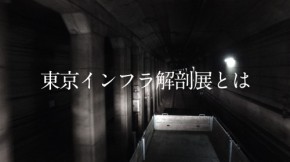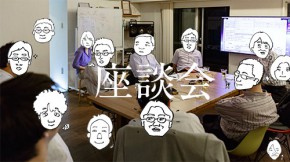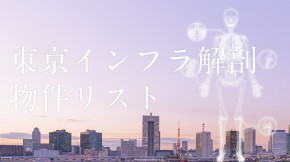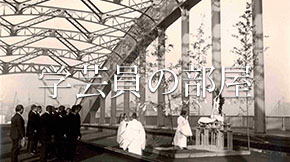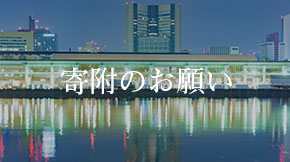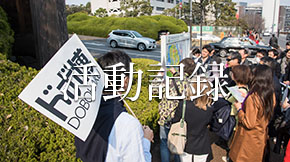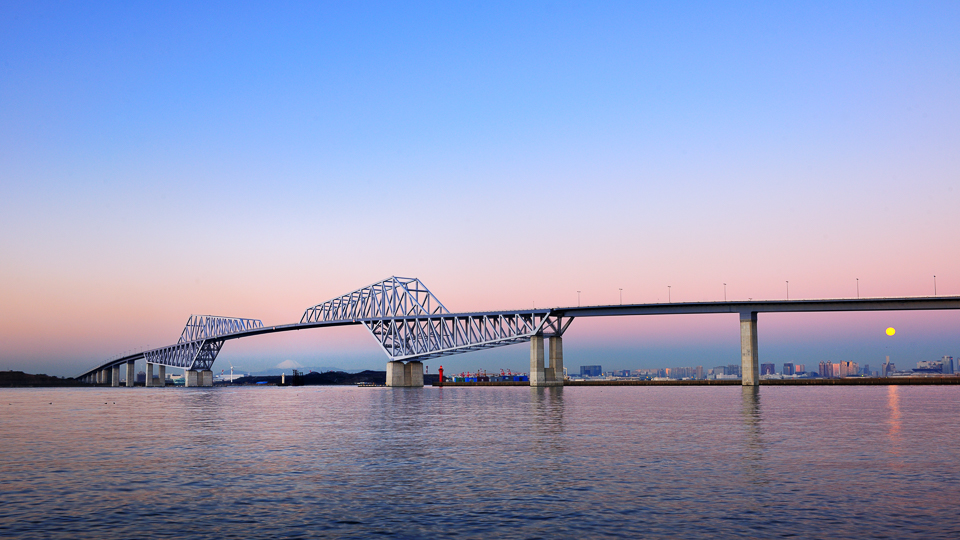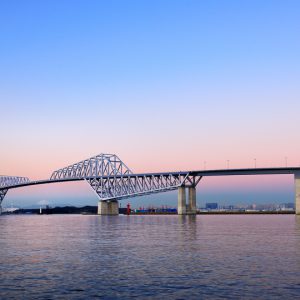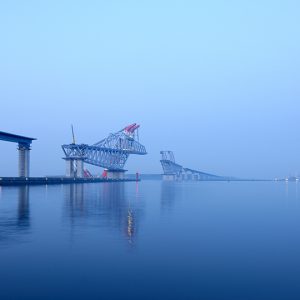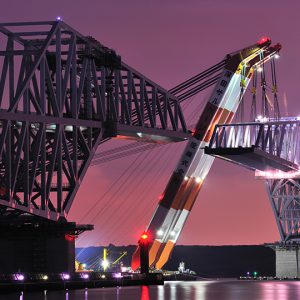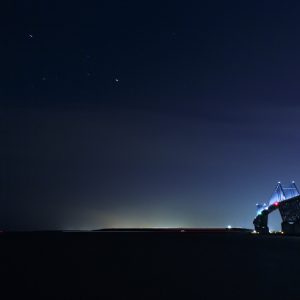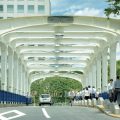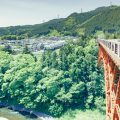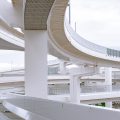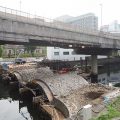As the gate of Tokyo Bay, a new symbol of Tokyo that continues to grow, connecting the forefront of landfill, the outer reclaimed land of the central breakwater and Koto Ward.
It is not because it is a gate, but the shape of this bridge has a great influence on the route of the airplane and ship. First the sky, in order to ensure the flight route to Haneda Airport, it is necessary to reduce the height of the bridge below sea level 98.1m, on the other hand at sea level above sea level 54.6m or more of clearance to allow passage of large vessels of Tokyo East Passage It was necessary to secure. In other words, a structure that can span a long distance of 440 m was sought in a clearance of only 43 m from the altitude of 54.6 m to 98.1 m. The truss structure in which the members are triangularly combined and the truss-box composite structure in which the box girth is mixed are adopted there. Accordingly, the center of 120m section is the structure of only box girder became that different novel form is produced from a conventional truss bridge.
By the way, truss part is, after having been assembled on land in a manner that was divided into upper and lower boundary of the road, has been laid in bulk from the sea. A length of about 230m, the truss weighing 6,800t, placed on the length of 140m, barge of 24,000t, was a large construction that bridged in three large floating cranes.
Will want to give me the nickname of “dinosaur Bridge” after completion, just two animals of dinosaurs has become a role looking to protect the entrance of Tokyo Bay. He received the Tanaka Prize in 2011 Social Engineering Society. The landfill at the inner breakwater inside becomes the “forest of the sea”, and it is planned to become a new lung in Tokyo. (Nii)
| Type | road bridge |
| Location | Tokyo |
| Structural type | steel truss-box composite structure |
| Scale | bridge length 2618 m Main bridge section 760 m Maximum span length 440 m |
| Completion year | 2007 |
| Manager | Tokyo Metropolitan Port Authority |
| Remarks | 2007 JSCE Tanaka Prize |

